Alternative Investing Show, 15th May 2015

On Friday I made it over with a colleague to the Alternative Investing show at the Olympia Hilton.
Contents
Show Objectives
The pitch of the show is that alternative investments (stamps, wine, art, gold, coins and cars etc. – we’ll shorten this to SWAG) ((SWAG is also the tag used throughout this site for articles on alternative investments)) offer high headline returns – comparable to or better than stocks – plus a lack of correlation to stocks, and therefore diversification benefits.
The hope was that experts in their field could explain face to face how the individual categories of alternative assets could be used by a private investor to increase returns and reduce volatility.
So the goals were:
- which assets are suitable?
- how should they be accessed by a beginner to the field?
- which assets have good prospects over the next five to ten years?
The problem with SWAG
A quote from the front page of the show website gives a clue to the big problem with alternative investing:
Last year the Knight Frank Luxury Investment Index outperformed the FTSE 100, gold and the prime central London housing market, so it not surprising that these kinds of luxury investments are becoming increasingly popular with ultra high net worth individuals (UHNWIs) – Andrew Shirley, Editor of the Knight Frank Wealth Report
SWAG is pitched at UHNWIs, not at retail private investors. I didn’t spot any UHNWIs at the show, though perhaps they were undercover. ((In fact the crowd was very mixed-ability, with quite a few people who seemed new to investing, and one care in the community heckler looking for justice over a valuable lost coin – this is the danger of free and discounted tickets, much as I love them))
Problems for the regular PI include:
- High minimum entry levels – if you want to put 5-10% of your portfolio into alternatives, and the cheapest suitable vintage car is £100K, you need a £1M to £2M portfolio as a minimum; for sensible diversification within the alternative assets, your total wealth needs to be more like £10M to £20M.
- High transaction costs – art can cost 20% on the way in and 20% on the way out; you need to hold for a long time to recover those sort of costs
- High running costs – lots of SWAG (cars, wine, stamps) needs specialised storage and insurance, and these often cost upwards of 1% pa
- Lack of liquidity – most SWAG is not exchange-listed ((I know of one coin fund and a couple of diamond companies, plus the precious metals ETFs; you could also see Stanley Gibbons as a proxy for the stamp and coin market – Disclosure: I hold SGI shares at the time of writing))
Timing and the value of art
The timing of the show was interesting, as earlier in the week, Picasso’s Les Femmes d’Alger has sold at Christie’s for a world record $160M.
In the FT, Josh Spero of Spear’s and Tatler took a look at value in the art world.
To start with the Picasso, was the price really $160M? Or was it $180M with the “buyer’s premium” added. Or was it less that this, after removing the money Christie’s paid to underwrite the sale?
Josh points out that the art market is not really like other markets:
- the objects it is made up of are all unique – two paintings by the same artist are not fungible like two shares in the same company
- you can’t sell in volume
- lots of sales happen in private
- there’s no regulation, and lots of insider trading
- you might not be allowed to buy the things you like
- items are regularly offered at different prices to different people – those with status in the art world can buy more cheaply
- there are lots of fakes around
Bitcoin and Bitstocks
Back to the show, which comprised seven presentations in the auditorium and a similar number of stands outside in the main conference room.
Before running through the presentations, I must say that the sound insulation at the venue was terrible – the hubbub from a not terribly well attended conference room frequently drowned out the PA in the auditorium.
First up was Michael Hudson from Bitstocks. The ten-fifteen kick-off was obviously too early for most, as there were only four of us in the hall when Michael began; by the end of Michael’s talk there were seventeen in the audience.
Michael gave an interesting and reasonably spin-free talk about the potential of Bitcoin. Though risky and clearly not for everyone, Bitcoin is a genuine alternative asset that is accessible for the private investor.
I plan to write about Bitcoin, crypto-currencies and the blockchain in general over the next couple of weeks, so I won’t go into any more detail here.
Sandy Jadeja – Gold and Natural Resources
Next up was Sandy Jadeja, who we’ve met previously at the London Investor Show back in October. At that show he gave a fast-paced and somewhat confusing talk about technical analysis.
Today’s talk was just as confusing, but with less technical analysis. It was billed as presenting profitable strategies for gold and natural resources, but it felt more like a pitch for Sandy as an important and well-connected person who could tell us what the smart money in Asia was up to.
He repeatedly stressed his personal credibility: he knows important and very rich people like sheikhs, he has 25 years in the markets, ((I have 31 years’ experience, but I don’t know any sheikhs)) he frequently travels to Asia to stay in very expensive hotels and lecture to the new rich. He funds orphanages in Asia.
Sandy began by warning us of the Year of the Sheep, which often produces traumatic events in the markets. ((This was a new one on me)) We should be looking to protect our wealth, not trying to make lots of money. We should think long-term, not short-term.
Sandy then presented us with a succession of historical predictions made using technical analysis:
- oil going up
- Dubai property going down
- oil going back up again
- gold going down
Sandy believes that there will be market declines from here. He also believes that markets are “engineered”. He believes in seasonal patterns (eg. gold usually goes up in August). He urged us think differently, like they do in China, and to not follow the herd.
He showed us a 12-stage model of the economic cycle. ((I’m afraid I haven’t been able to find this online)) The gist was that we are not out of the woods yet, not until interest rates can safely rise. I tend to agree with him here.
Some of his specific calls were:
- US stocks are overpriced
- oil is coming off its lows – wait for a buy signal
- the UK commercial property boom will lead to surplus capacity and a bust
- the euro is weak, so stay away from seemingly attractive Euro zone property
- the Shanghai gold fix will be competition for the London gold fix (part of the market “engineering” he referred to earlier)
- later this year, the yuan will be added to the world’s reserve currencies list
- Bitcoin is coming
- trading from your Apple watch is coming
- smart money in the middle east is interested in agriculture and food – prices here will rise driven by rising populations and climate change ((Sadly, Sandy did not provide us with ways of investing in this trend))
As a kind of “state of the markets” address, this is all fine. My issue is that Sandy seemed to be confusing alternative (contrarian) thinking with alternative investing. Which alternative assets should we be buying, and how?
The nearest we got was a suggestion that with lots of Asians about to retire, gold was due for a boost. Asians don’t trust the financial markets, and they do like gold. Sandy is not bullish on gold quite yet, but is looking for a buy signal and an entry point.
He also likes diamonds, rubies, emeralds and pearls. They don’t show up on airport scanners, and so are easy for UHNWIs to smuggle between countries.
He ended with a pitch for his (free) 1-day training program on what to trade and when. I did not sign up for it.
Jim Tatchell – Tangible Investing
The third presentation of the day was from Jim Tatchell of Tanassco (the Tangible Asset company). Jim is an ex-bond trader and asset manager. He has a side gig running a consultancy (Tatchco) which helps overseas finance companies open branches in London.
The Tangible Asset Company is only a year old. It seems to act as a broker between wealthy clients (or their family offices, law firms, wealth managers and accountants) and Tangible Asset managers. The company organises conferences around the world for the two groups to meet. Tanassco itself doesn’t offer financial advice or suggestions on portfolio allocation.
It’s hard to see the relevance of this to private investors. Perhaps Jim was there to advertise his services to the Tangible Asset managers.
That said, the presentation was entertaining enough. Jim’s message was that you needn’t trade financial instruments in order to raise the funds to buy the things you love. Instead you can go straight to the things that you love and make money that way. I’m not entirely convinced this is true for those of us with less than £10M.
He started with the Knight Frank Luxury Investment Index, which shows returns from alternative investing by asset class. He then whisked us through a few classes of assets:
- a pair of £3M side tables, currently up for auction
- a Rolex Daytona Paul Newman watch
- diamonds
- cars (eg. a De Tomasso Mangusta)
- guitars – Gibson Les Paul signature models by Eric Clapton & Slash (Guns ‘n’ Roses)
- wine (though this has done badly recently following a Chinese-driven bubble in top Bordeaux)
- whisky
- art (eg. the Jeff Koons balloon dog)
General themes that emerged were that you should buy what you like / love, and that pieces with a story / provenance / celebrity connection tend to fetch the best prices. Implicit in this was the idea that things that rich men over 50 might like will do well.
Jim went into a bit more detail on fine art:
- the Hoffman fund is winding down now, and returning only 4-7% (presumably per annum) to investors
- high transaction fees make short term gains difficult
- Art Equity offer loans against art works you own
- art, unlike other alternative investments, is correlated to economic sentiment, so it’s not so useful a diversifier
He also spoke briefly about holding alternatives offshore. This seems attractive, but FX charges are high, there are currency exposure risks, and you have to work out a way to get the money back on-shore, or spend it while offshore.
Jim also touched on the three ways of approaching alternative investing (each has it’s drawbacks):
- Funds – these are not aimed at the retail investor (eg. the classic car fund has a $200K minimum investment, with a 2-year lockup for your cash)
- Advisory – who do you trust? (Jim would argue that you can trust his panel of tangible asset managers)
- DIY – a difficult route, since you effectively need to become an expert in something to successfully invest in it
We broke for lunch a little disillusioned about alternative investing.
Lunchtime panel – alternative assets & your portfolio
The lunchtime panel was chaired, as so many others have been, by Rodney Hobson. Jim Tatchell re-appeared. Keith Heddle from Stanley Gibbons (SG), who had his own presentation scheduled for the afternoon (see below), was also there to discuss coins and stamps.
Philip Mould from Antiques Roadshow was there to represent fine art. The final panel member was Dietrich Hatlapa from the Historic Automobile Group International (HAGI), a research organisation that produces classic car market indices.
Among the topics discussed were:
- authenticity
- Philip has a whole TV series dedicated to art fakes – it’s a serious problem, and you need advice
- Deitrich told a story about a Bugatti which was certified by all the experts, but in fact had been recently built in Argentina
- Keith pointed out that SG offer a lifetime guarantee of authenticity
- liquidity
- Keith actually saw the illiquidity of alternatives as an advantage – buy and hold is the safest strategy
- storage & insurance
- Philip: pictures are most often damaged when being moved, so that is the real problem
- Deitrich: car storage is available for around 1% pa
- Keith pointed out that SG offer “free” storage and insurance for stamps and coins as part of their investment portfolios
- Jim: storage in bonded warehouses is very important with wine, as the storage environment can be guaranteed
- do you need to love it to buy it?
- Philip: yes with art
- Deitrich: yes with cars
- Keith: no with stamps and coins, though some people have large-scale copies of their stamps made to display as paintings on the wall
A couple of additional insights were:
- Keith: use (uncorrelated) alternatives to protect wealth rather than make money
- Philip: don’t buy contemporary art, buy works with proven value
Keith Heddle – Stamps and Coins
We were now into the afternoon sessions, and first up was Keith Heddle from Stanley Gibbons, to talk about stamps and coins. Keith’s presentation was informative but a little salesy for me.
I’ve had my eye on a stamps and coins portfolio for a few years now, but have always been put off by the trading and holding costs. On the basis of my conversations on Friday I’m half-persuaded that this may be a viable option for the private investor.
I shall do some more digging and there will be a follow-up post on the subject in the next week or two. I’ll save the detail of Keith’s presentation until then.
Too late in the day
It was now past three-thirty, and we had been sitting in the auditorium through five presentations over more than five hours, with no breaks longer than 15 minutes. We decided to skip the last two talks of the day.
I would recommend that next year’s show has:
- shorter presentations and
- longer breaks, or at least one decent break in the middle of the day
The two presentations that I didn’t see were:
- Tackling Investment Fraud, from Trading Standards and the City of London Police
- Investing in Classic Motorcycles, from Paul Jayson, The Motorcycle Broker
Until next time.


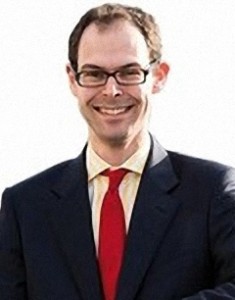
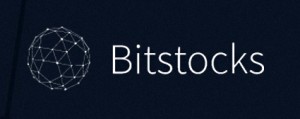
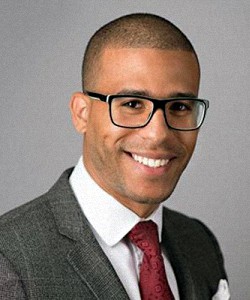
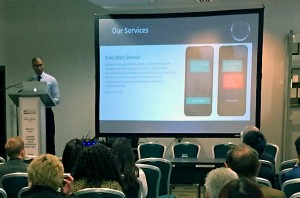
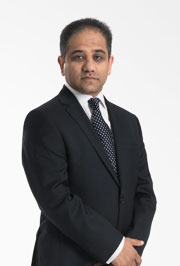
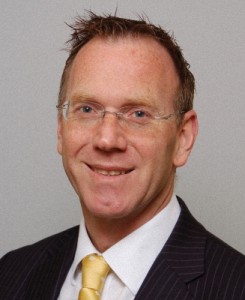
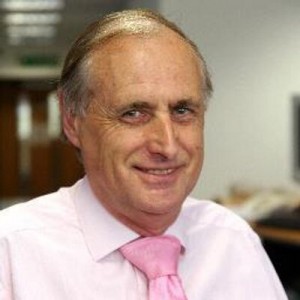
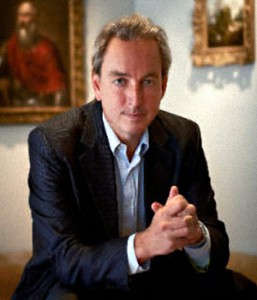
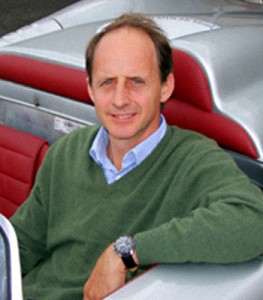
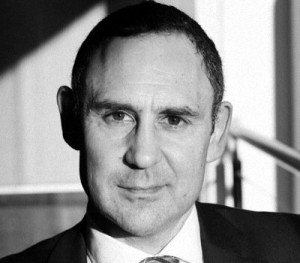
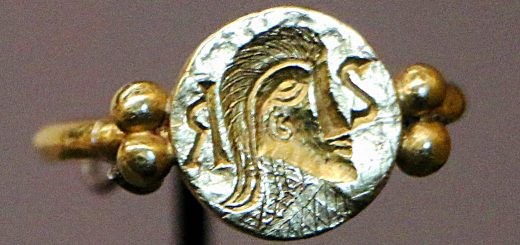
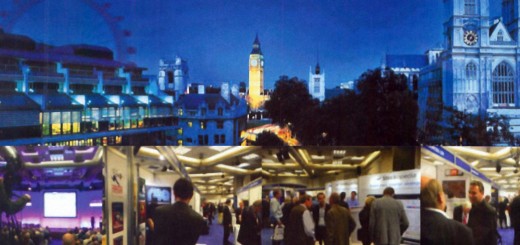












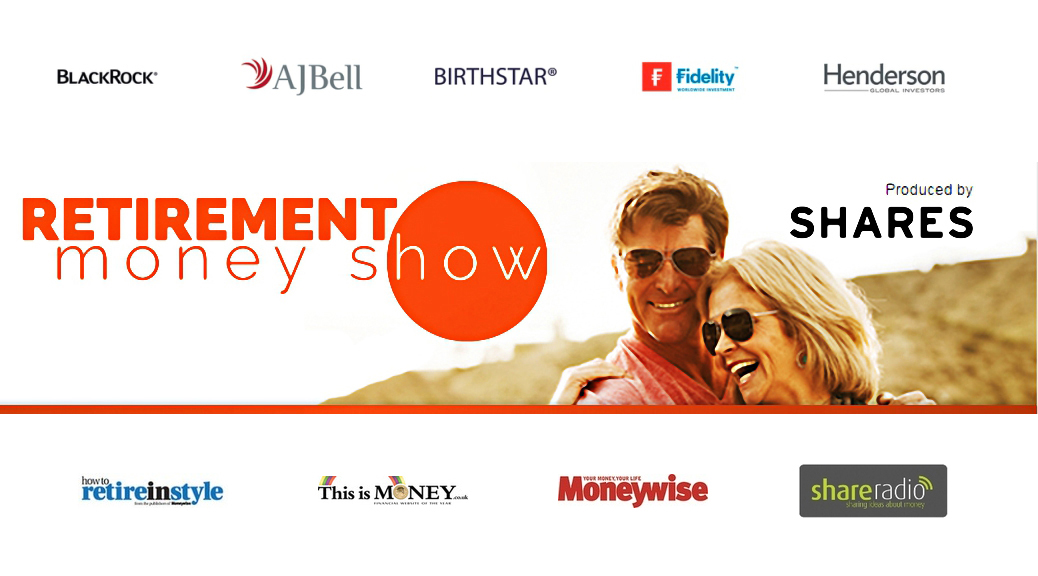
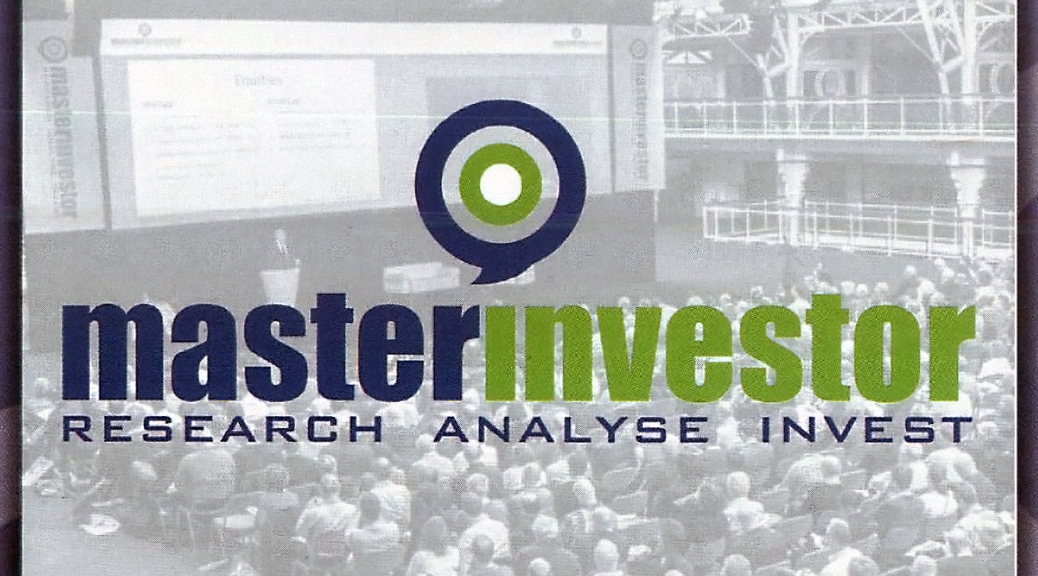
1 Response
[…] on from last week’s Alternative Investing Show, today we’re going to look at stamps and coins as an asset class. Are they a practical […]